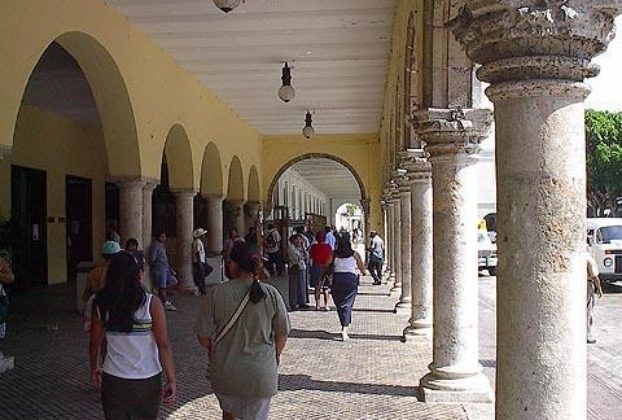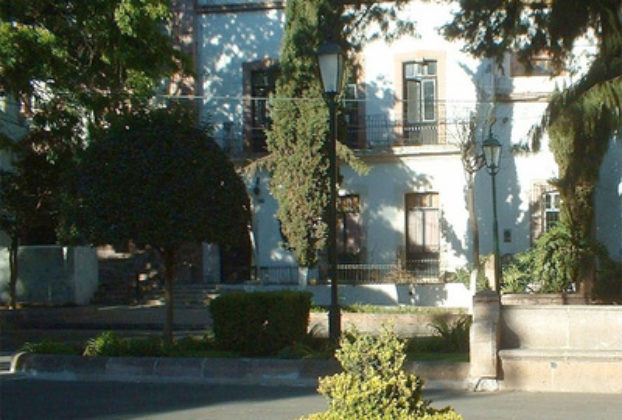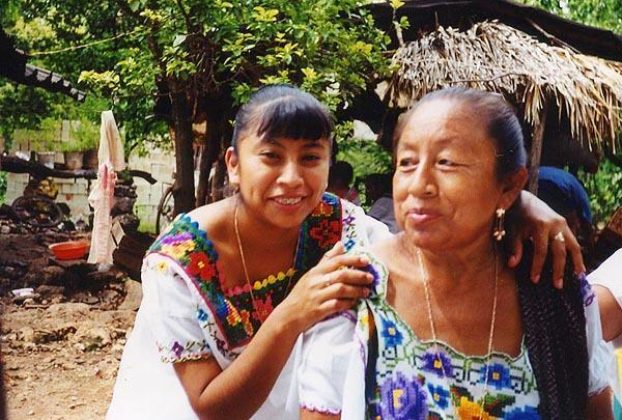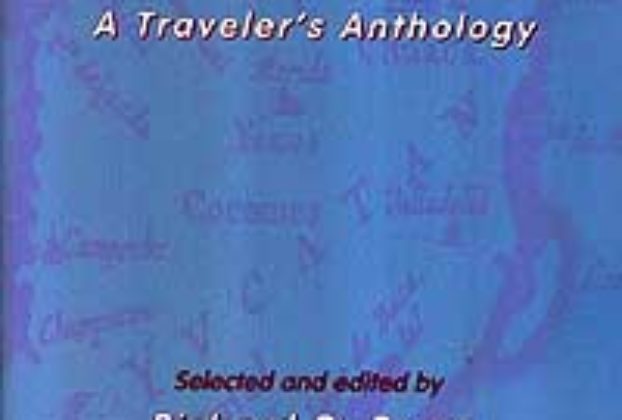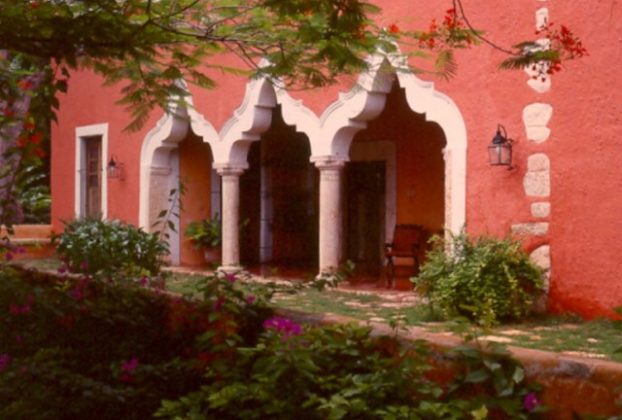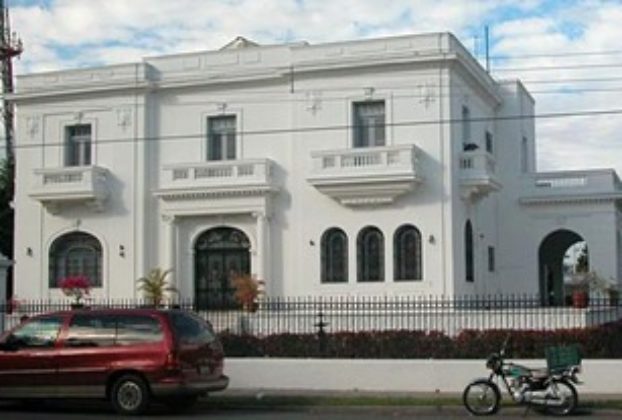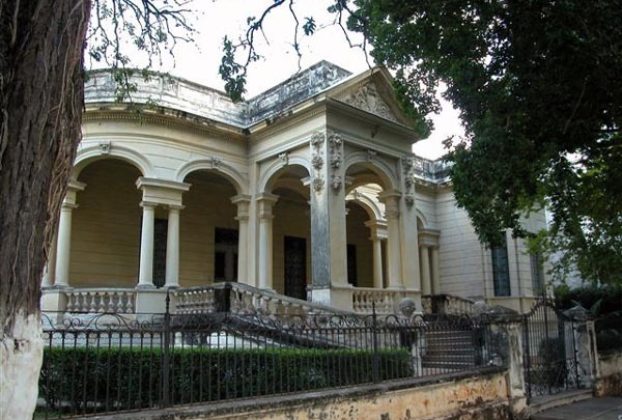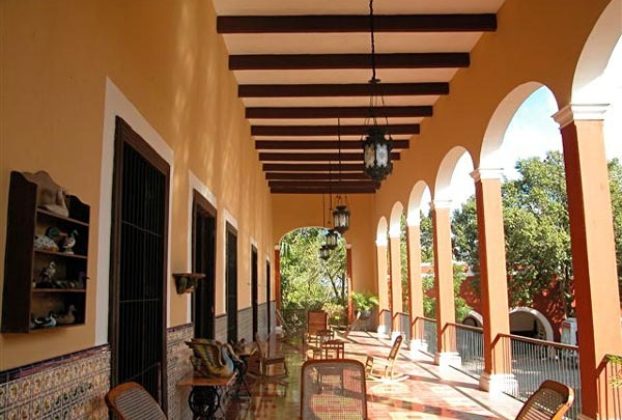Merida: the white city of the Yucatan
The early inhabitants of Merida “discovered” a plant that had been a well-known staple to the indigenous Maya of the Yucatan Peninsula: henequen (Agave sisalana). A versatile, spiky, cactus-like bit of green that yielded valuable hemp, it soon earned the name “green gold” (verde de oro) because of the wealth it lavished upon the millionaire hacendados who farmed […]
Continue Reading
